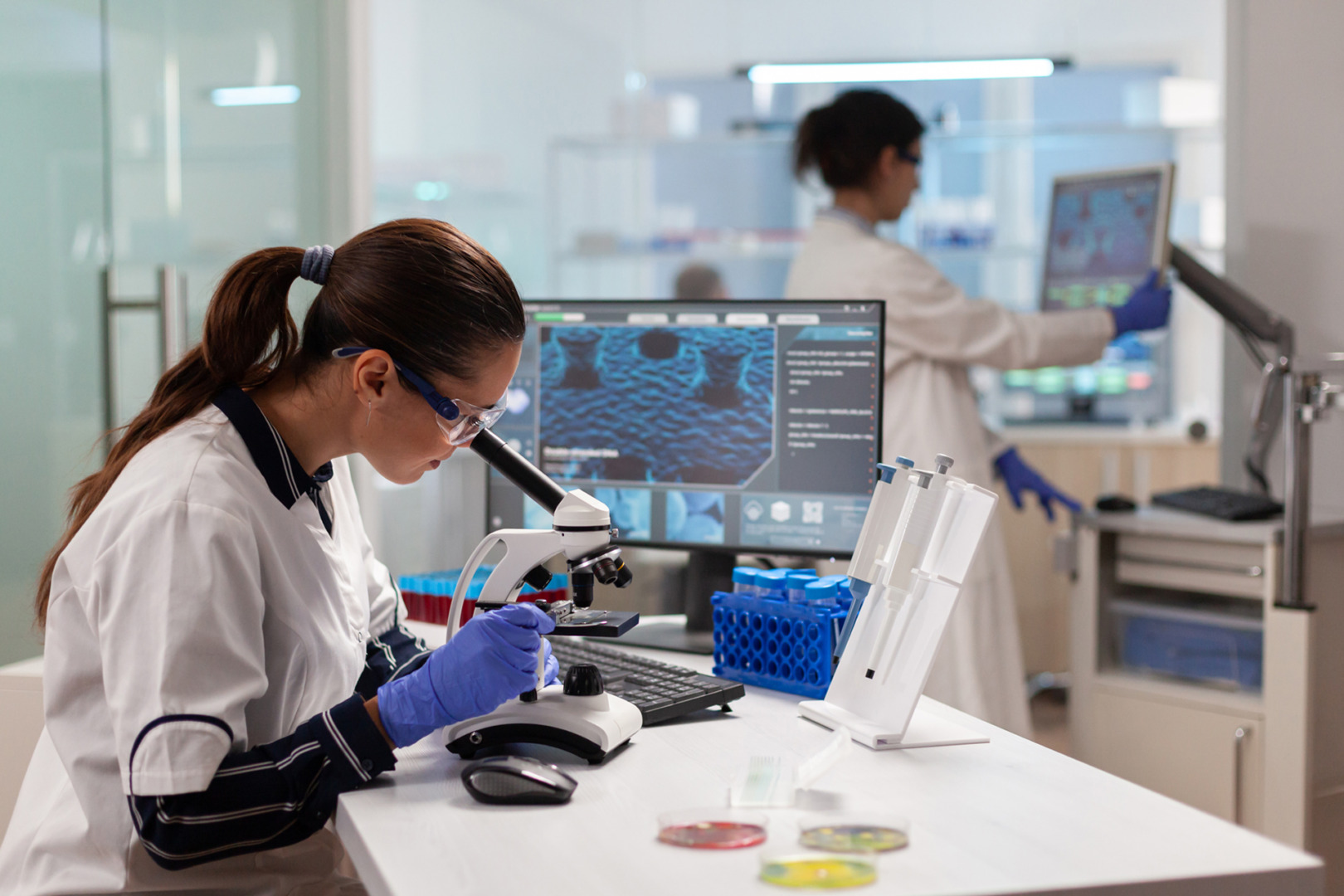A Growing Concern about Lung Cancer in Female Patients
While lung cancer is commonly linked to smoking, new research suggests the considerable health risk it presents for everyone, especially women. In Singapore, it ranks as the third leading cause of cancer-related deaths and recognising the signs of lung cancer in women is integral to decreasing mortality rates.
A recent study published in the Journal of Thoracic Disease revealed a worrying detail: 60% of lung cancer patients with the Epidermal Growth Factor Receptor (EGFR) mutation are never-smokers, compared to 20% who are smokers. This highlights the presence of the EGFR mutation, particularly prevalent in Asian females over 40. This unique genetic alteration is not inherited but rather appears in this generation, leading to abnormal cell growth linked to signs of lung cancer in female non-smokers.
Dr Harish Mithiran, director of Neumark Surgery, emphasises: “This new insight into lung cancer in women highlights an alarming scenario but also presents an opportunity for action. The unique genetic alteration, not inherited but rather mutated within this generation, challenges our traditional understanding of the disease.”
This phenomenon indicates that factors beyond tobacco use, such as genetic mutations and environmental exposures, play crucial roles. This emphasises the need to broaden our perspective on lung cancer risk factors and the criticality of early screening, particularly for women.
EGFR Mutation’s Role in Non-Small Cell Lung Cancer

Uncovering the role of EGFR mutations in lung cancer marks a significant discovery, especially for patients with non-small cell lung cancer (NSCLC), predominantly found in the adenocarcinoma subtype of NSCLC.
EGFR, a protein located on the surface of some cells, becomes overexpressed or mutated in some cancers, including lung cancer, fostering abnormal cell growth and division.
EGFR-mutated lung cancer is characterised by changes in the EGFR genes, leading to aggressive tumour growth. The detection of EGFR mutations is crucial for treatment planning. Comprehensive next-generation tumour tissue sequencing is the preferred method for identifying EGFR mutations and other potential biomarkers. In cases where a tissue biopsy is not feasible, a liquid biopsy of the patient’s blood may be used to detect specific biomarkers.

Dr Mithiran notes: “Signs of lung cancer in females who have never smoked from East Asian backgrounds challenge the traditional perception that lung cancer primarily affects only smokers.” It’s one of the factors medical science is starting to understand about why women have lung cancer.
Read related article
A Look into the Future at Novel Early Lung Cancer Screening Innovations
Importance of Early Prevention through Screening for Women
The discovery of the high prevalence of EGFR mutations in specific lung cancer patient populations highlights the importance of early lung cancer screening for women.
Catching lung cancer early, including both small-cell and non-small cell lung cancer (NSCLC), is challenging. Lung cancer in female smokers and never-smokers alike can manifest through various signs and lung cancer symptoms in women, which might not always be immediately associated with the disease. Early recognition of the signs of lung cancer in female smokers and non-smokers is crucial for effective treatment.
The outlook for detecting lung cancer in women is quite hopeful if it’s caught early. It’s crucial to dispel myths such as “lung cancer is a smoker’s disease” or “lung cancer is more common in men,” promoting a broader understanding that this deadly disease can affect anyone.

Singapore’s lung cancer screening strategy aligns with international best practices, focusing on early detection in high-risk groups. While historical guidelines prioritised people with significant smoking histories, there is now a shift towards including risk factors beyond tobacco use.
However, disparities in education and awareness can lead to under-screening of women who, despite not meeting the traditional smoking history criteria, are at increased risk due to genetic factors or environmental exposures.
For women diagnosed with NSCLC, and whose cancer is localised, the da Vinci Robotic Surgery system provides a highly accurate method for removing cancer cells while keeping as much of the lung’s normal function as possible. This technology represents a significant advancement in surgical techniques; it’s less invasive than traditional methods.
If you’re concerned about your risk of lung cancer, we encourage women in Singapore to seek advice from a lung specialist.
Explore treatments
Lung Cancer Screening & Lung CT Scan

